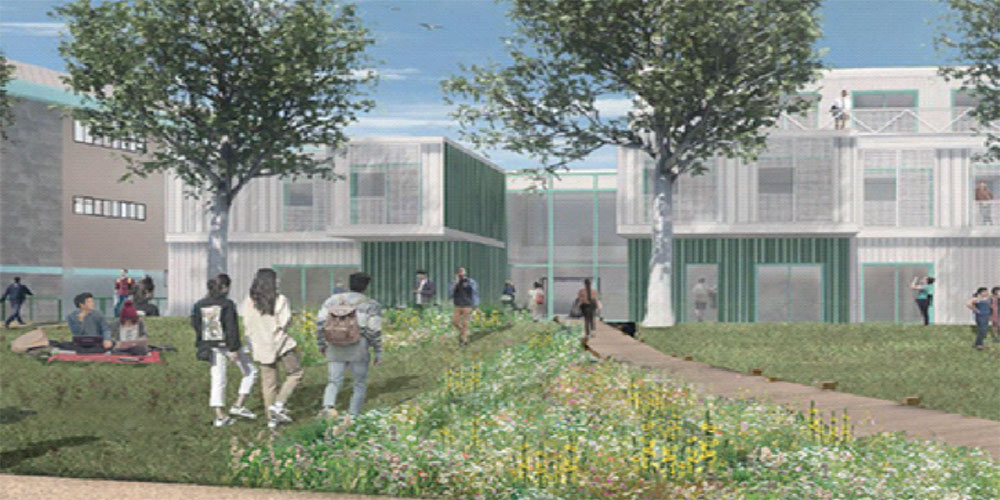Portable buildings and classrooms have become increasingly popular in recent years due to their versatility and practicality. These structures offer a wide range of applications, serving various industries and communities. From educational institutions to businesses, healthcare facilities to construction sites, portable buildings have proven to be valuable assets. Let’s explore the many uses of these convenient and flexible structures.
1️⃣ Education Sector:
Portable classrooms are a common sight in schools and universities. They provide temporary or additional space for classrooms, libraries, administrative offices, laboratories, and even recreational areas. These structures allow educational institutions to accommodate growing student populations, undertake renovations, or address space constraints without disrupting regular operations.
2️⃣ Construction Sites:
Construction companies often utilize portable buildings as site offices, storage spaces, or break rooms. These structures serve as a central hub for project management, offering a designated space for contractors, architects, and project managers to collaborate and plan. They also provide secure storage for tools, equipment, and materials, protecting them from weather conditions and theft.
3️⃣ Healthcare Facilities:
In the healthcare industry, portable buildings are employed as medical offices, clinics, vaccination centers, and mobile healthcare units. They are especially useful in rural or underserved areas where access to healthcare services may be limited. Portable medical facilities can be quickly deployed to provide essential care during emergencies, outbreaks, or disaster situations.
4️⃣ Business and Retail:
Many businesses utilize portable buildings to create additional office space, retail stores, pop-up shops, or showrooms. These structures offer a cost-effective alternative to traditional brick-and-mortar establishments and can be customized to meet specific branding and functional requirements. Portable buildings enable businesses to quickly expand their operations or test new markets without making long-term commitments.
5️⃣ Events and Hospitality:
Portable buildings find extensive use in the events and hospitality industry. They serve as ticket booths, registration centers, temporary restaurants, restrooms, dressing rooms, and storage areas for event equipment. Whether it’s a music festival, trade show, sporting event, or outdoor gathering, these structures provide convenient solutions to cater to the needs of organizers and attendees.
6️⃣ Government and Military:
Government agencies and military organizations often employ portable buildings for various purposes. They can be used as temporary offices, command centers, barracks, training facilities, or disaster response units. The modular nature of portable buildings allows for quick assembly and disassembly, making them ideal for situations that require rapid deployment or frequent relocations.
7️⃣ Community and Non-profit Organizations:
Portable buildings serve community centers, religious organizations, and non-profit entities by providing flexible spaces for meetings, classes, counseling services, and outreach programs. These structures enable organizations to serve their communities effectively while minimizing costs and maximizing resources.
Portable buildings and classrooms have revolutionized the way we think about space utilization. Their flexibility, affordability, and ease of installation make them a practical choice for various industries and communities. As the demand for versatile structures continues to grow, the potential applications of portable buildings are likely to expand even further.
Whether it’s addressing temporary needs, accommodating growth, or responding to emergencies, these structures offer countless opportunities to enhance efficiency and meet evolving requirements.
